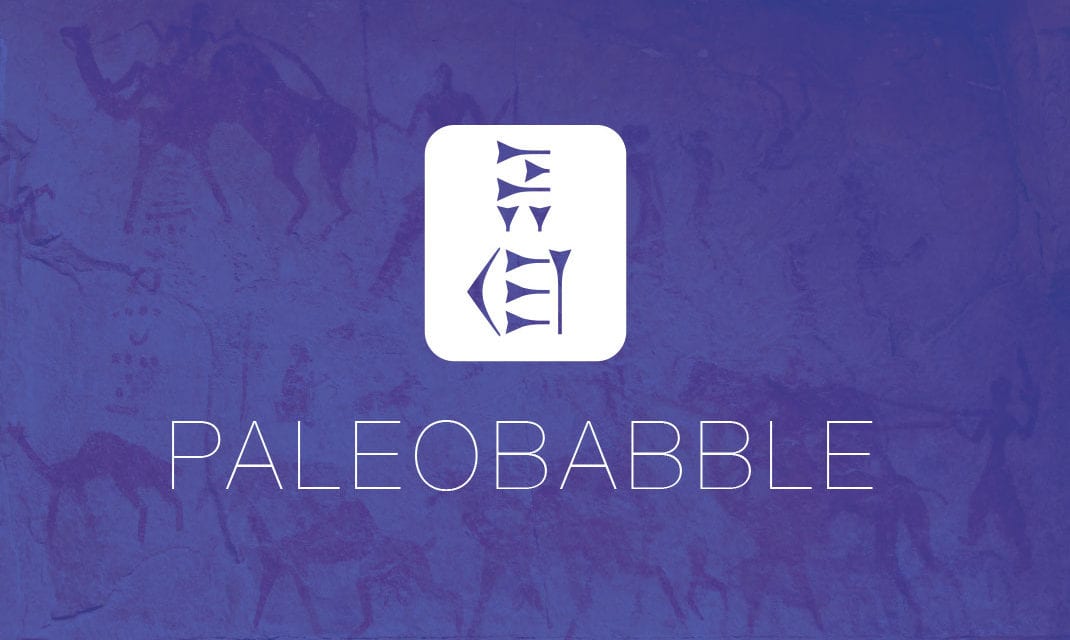I just read the the lengthy essay by Richard Bauckham entitled, “The Four Line Ossuary Inscription from Talpiyot Tomb B: An Interpretation” posted on the ASOR blog today. It’s fascinating, and exactly what I was hoping would follow the Rollston article. Bauckham comes up with some examples of what Rollston was sure did not exist — the letter iota with top and bottom horizontal strokes — and so the reading IAIO seems secure in my mind. This is what ought to happen in interchanges between scholars; one corrects another, and they collectively lay out the strengths and weaknesses. Unfortunately, for the millions who read only the first headline and its content, framed by whatever archaeo-bungling, headline-seeking journalist who wrote it, articles like this might as well not exist. That headline is now their truth. It’s appalling when that happens, but to deliberately cause it to happen is unconscionable. But I digress.
I would recommend the Bauckham article to all. It’s technical, but worth it even for non-specialists. His conclusion is that the inscription is rare since it couples the divine name, Yahweh, with Zeus. But he allows for another take on it. If Bauckham’s preference (the Zeus reading) is correct, why that coupling may have been done receives considerable attention. Such conceptual linkages were not that unusual. It made me think of how, iconographically, Yahweh is associated with Sol Invictus in certain Jewish synagogues that have zodiac mosaics. Such a linkage need not be seen as an expression of the theological compromise of Yahwism (it certainly wasn’t in a synagogue). What is unusual in the present case is the coupling on an ossuary inscription. Bauckham also concludes that the inscription has nothing to do with Jesus or early Christianity. To date there is nothing in Talpiot B that does. As I noted in a recent reply to James Tabor in the comments, even if the symbol is the sign of Jonah, a Jew could have thought of that story in resurrection terms (and connected it to three days via Hosea 6:2). Frankly, for Jesus’ statement about the sign of Jonah to have any impact (Matt 12:39), it couldn’t have been a Christian symbol at the time of the speaking. He was speaking to JEWS (Matt 12:38) — and so it would have had to mean something to that audience. But I still don’t see a fish spitting out a man. The “man” seems like a blob to me.






Just a quick thought on the question of Jonah/big fish vs. anointing (or other) vessel in the ossuary inscription. What may in fact have been intended was deliberate ambiguity. Just as the ICTHUS (fish) symbol and the anchor were used ambiguously by western Christians to symbolize their membership in the body of believers without necessarily triggering accusations of breaking the Roman law, so also a fish disgorging a man, but oriented to look like a an amphora with a krater
top, might have served in Judea to express one’s Nazorean orientation while not apparently violating the halachic rules against representing any living thing. In a similar way, the paneling of the great door representation on the end of the ossuary might very well include a hidden-in-plain-sight cross.